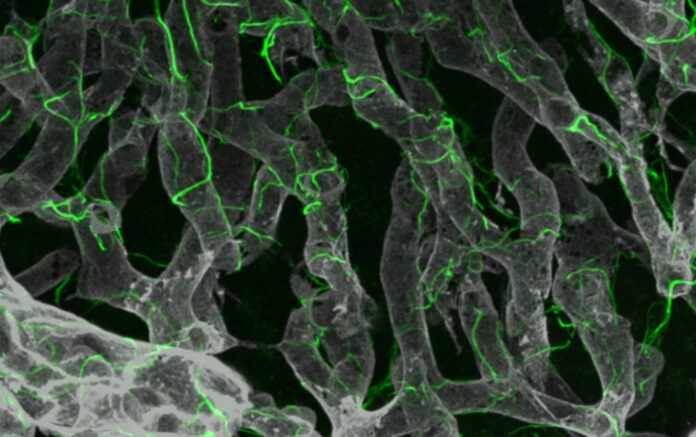Non-alcoholic fatty liver disease (NAFLD), a global health concern linked to diabetes, hypertension, and high blood lipids, is characterized by fat accumulation in the liver.
In the US, it is estimated that between 30 and 40 percent of individuals are affected. Of these, around 20 percent have non-alcoholic steatohepatitis, or NASH, a more advanced stage that is characterized by liver inflammation and may lead to severe scarring (cirrhosis) and liver failure.
In addition, NASH is the leading cause of liver cancer cases globally. Since advanced stages of NASH are caused by fibrosis, or scarring, researchers are trying to stop fibrosis as a way to treat NASH, but no drugs have been approved for this purpose yet, they say.
The researchers conducted single-nuclear sequencing in parallel examinations of animal models of NASH and human liver tissue from nine people with NASH and two controls as part of their study. The two species shared 68 pairs of drug targets. In addition, the researchers followed one of these pairs by doing proof-of-concept testing of existing cancer medication in mice.
“We aimed to understand the basis of this fibrotic scarring,” says senior author Scott L. Friedman, adding “and identify drug targets that could lead to new treatments for advanced NASH by studying hepatic stellate cells, which are the key scar-producing cells in the liver.”
“In combining this new glass liver imaging approach—an advanced tissue clearing method that enables deep insight—along with gene expression analysis in individual stellate cells,” adds the author, “we have unveiled an entirely new understanding of how these cells generate scarring as NASH advances to late stages.”
They found as the illness progresses, stellate cells build a dense network, or meshwork, of contacts among themselves. These interactions permit the 68 distinct interaction pairings that had not been detected in this condition before.
First author Shuang (Sammi) Wang, PhD, an instructor in the Division of Liver Diseases, explained, “We confirmed the importance of one such pair of proteins, NTF3-NTRK3, using a molecule already developed to block NTRK3 in human cancers and repurposed to establish its potential as a new drug to fight NASH fibrosis.
This new understanding of the evolution of fibrosis implies that advanced fibrosis may have a distinctive repertory of signals that accelerate scarring. These signals constitute a collection of therapeutic targets that have not been identified in the past.
According to the researchers, certain medications may be more successful early on and others at more advanced stages of the illness because the circuitry of how cells interact with one another changes as the disease advances. And the same drug might not work for all stages of a disease.
To further improve NTRK3 inhibitors for the treatment of liver fibrosis, the researchers are presently collaborating with the chemists at Icahn Mount Sinai. As they did with NTRK3, the researchers then want to functionally evaluate all possible interactors in a cell-culture system before evaluating them in preclinical liver disease models. They also want to find out if the same kinds of interactions between fibrogenic cells cause fibrosis in other tissues, like the heart, lungs, and kidneys.
Image Credit: Wang, et al., Sci. Transl. Med. [volume 15], [add3949] [(2023)]
